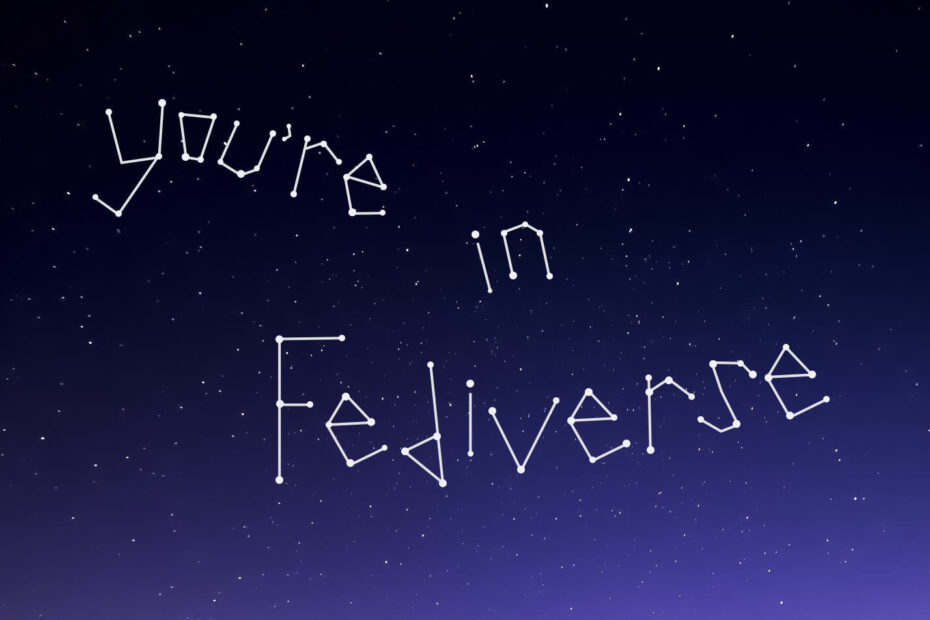A long, long time ago, I worked as part of a team doing open source software development, primarily on the web. A lot of our work leveraged Drupal, an open source content management system. Generally, people brought us in to solve hard problems — it’s what we were best at, and it was what we enjoyed — and in the early days of the company our client intake process almost always included conversations about open source in general, and about Drupal in particular. We spent a lot of time explaining what open source was, what open source wasn’t, and the specific features that had been developed in Drupal (and yes, if you are wondering, having to explain the name “Drupal” was never fun or easy).
All that changed in 2009 when the Obama administration relaunched whitehouse.gov in Drupal. It wasn’t like people suddenly understood anything more about open source or Drupal; rather, the existence of a very high profile web site using an open source content management system with a funny name made the questions we were asked superfluous. Practically and technically, nothing had changed, but one very high profile example made a world of difference.
The current conversations about the fediverse (what it is, what it isn’t, how to describe it, and the abject failure of mainstream tech journalists to describe it well) share some similarities. It’s almost as if a couple decades of having our online experience bent into the UI, UX, and business models of corporate tech giants has killed off our imagination — and our knowledge — of what the internet can be. A lot of folks are having a hard time wrapping their head around the fediverse (and sites built using Mastodon, which is how most folks are interacting with the fediverse at the time I’m writing this) because we are out of practice with — or have never been a part of — an online community that is not controlled by a fairly faceless entity.
There have been a lot of proposed metaphors or comparisons thrown about to attempt to explain the fediverse — from email to BBS to the USENET to listservs to subreddits to Facebook groups — and they all fail for different reasons, largely because they attempt to reduce human interaction to what is possible via technical means.
I prefer a simpler comparison: imagine you are walking through the actual carbon-based world. You pass parks, homes, apartment buildings, stores — all different places to be, with different rules depending on who controls them. In general, if the rules (and social norms) allow, you can go from one place to another pretty freely — for example, you can go a park, your friend’s apartment, a coffee shop, and a book store.
That’s the fediverse. It’s a bunch of places that allow connections across them, by design, like a vibrant neighborhood (2).
The strength of the fediverse comes from its resemblance to the actual internet: a series of distinct sites made interoperable via an open data standard.
The UI matters; the tech matters; but at its core, the fediverse is a bunch of sites that all use an open standard to support connecting across sites – in the same way that you can call a neighbor, send a letter to a neighbor, or shout down the street. Each location can be different; each location can have its own rules and features, but by design, connections can happen between and across locations.
To extend this metaphor, corporate social media are gated communities run by Home Owners Associations, with hellsites like Nextdoor being a prime example of metaphor being real. They don’t bother with open standards and human-friendly interoperability because that type of authentic connection impedes their business model. They want people in their gated world, subject to their HOA, and freedom to connect and move is an obstacle.
Three last thoughts here:
First, the name of the “fediverse” is probably a barrier in understanding what the fediverse actually is. A more accurate description is probably closer to “a better internet”, but that’s not a great name.
Second, decentralized services using open standards solve a lot of technical problems, but don’t touch the problems baked into the humans using services.
Third, I probably need to write a companion piece looking at parallel issues in education. Just as our collective imagination about what online interactions can be have been hijacked by corporate social media implementations, our collective imaginations about what education can be have been hijacked by our reliance on third party vendors for key infrastructure, including a vision of learning that relies on apps to deliver learning material.
Image Credit: https://fediverse.party/en/post/fediverse-in-2019/
—
(1) If you want more information about the fediverse:
- https://joinfediverse.wiki/What_is_the_Fediverse%3F
- https://fedi.tips/mastodon-and-the-fediverse-beginners-start-here/
(2) Some of these places will have shitty landlords, racist clientele, and people who want to wallow in hate. These places are justifiably shunned, and when people from these places try and mess up the nice places, ideally, they will not be allowed in (or they will be ejected), and their hate finds no home. This essential work is never easy, and the fediverse needs to get better about living up to its promise. Three core tools built into most web sites that connect to the fediverse can help make the fediverse a better place:
- chronological timelines (ie, no outrage-based algorithm),
- moderators with power on a per-site basis, and
- de-federation (kicking a site out of the fediverse, which limits its reach and cuts it off).
But/And: the fediverse is at present a pretty white place, and some of its loudest advocates would benefit from less talking and more listening. More than any feature, the whiteness of the fediverse at present is a barrier, and failure to do better will erode the potential of the current moment.
